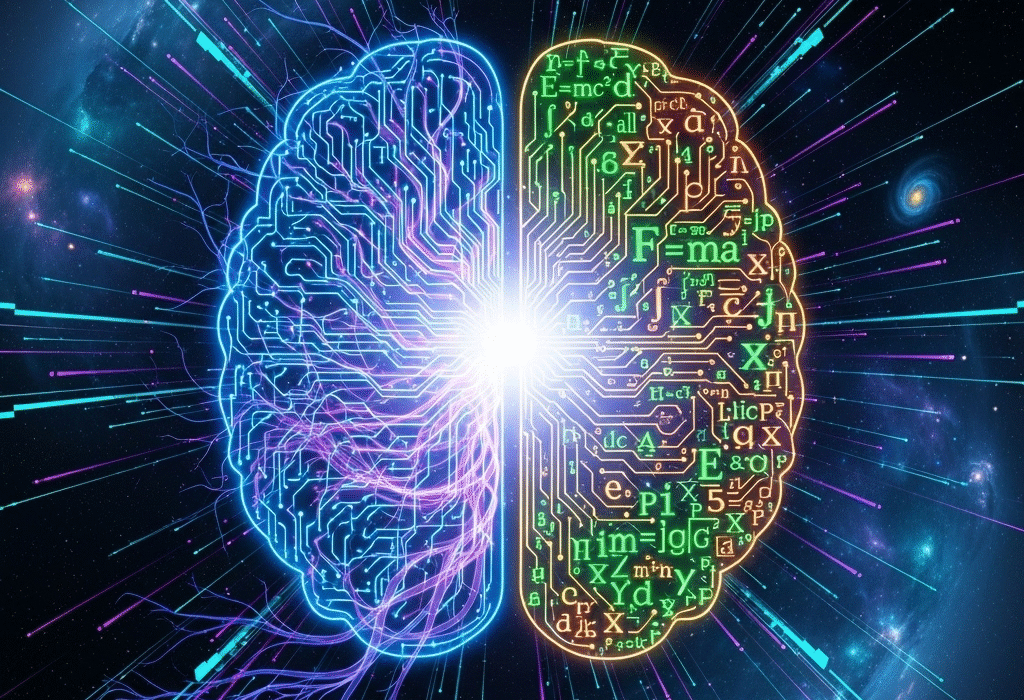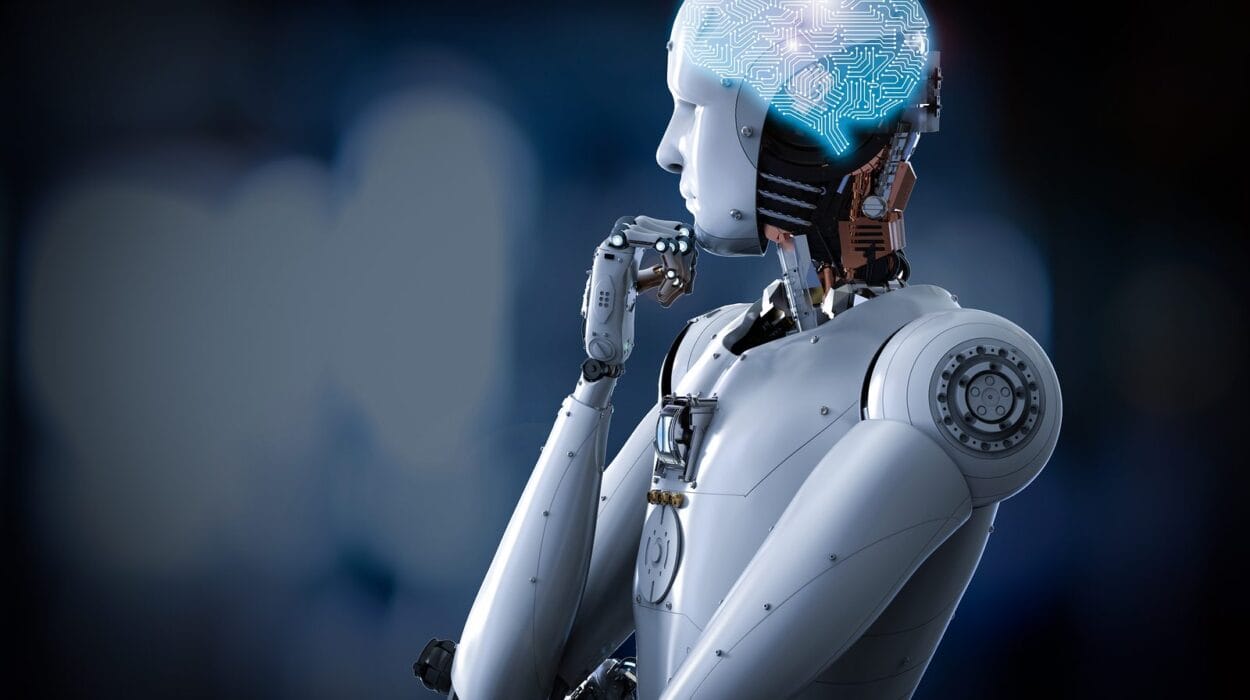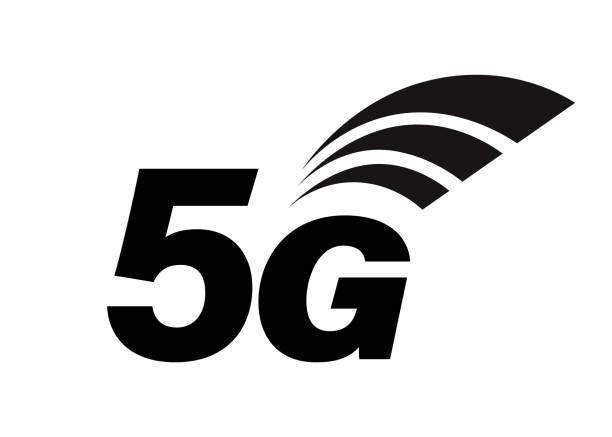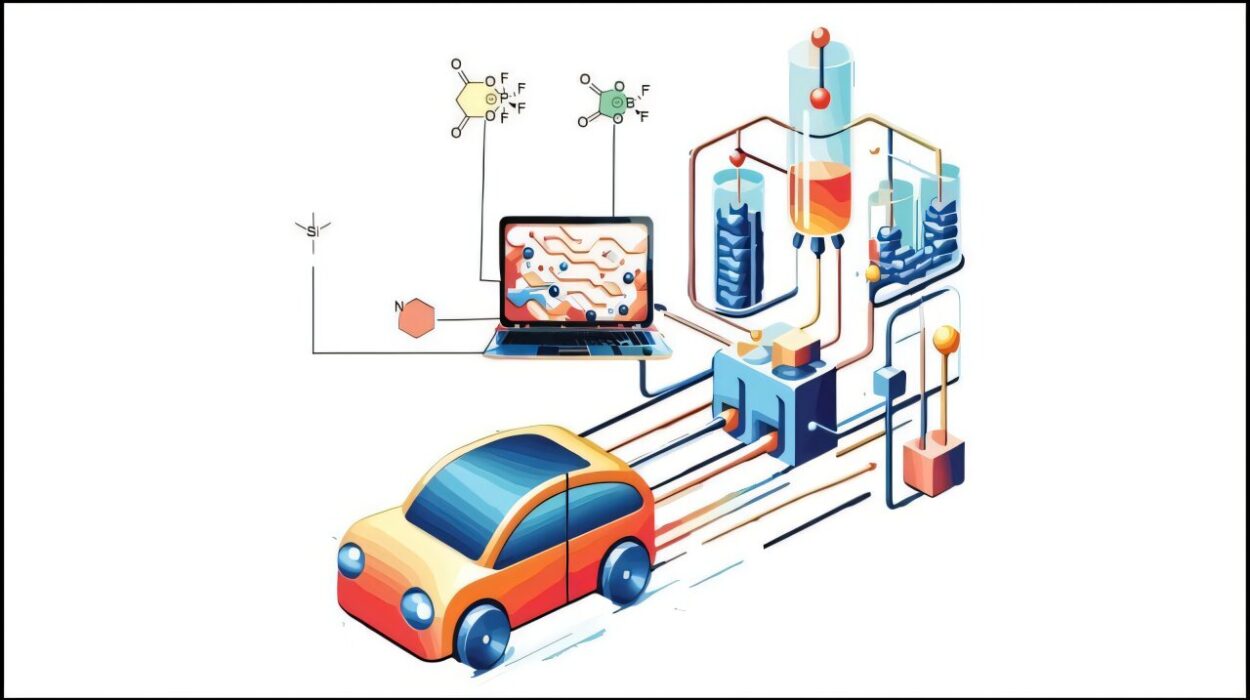In the quiet, humming world of computer servers and digital logic, one might imagine there is no room for human prejudice. How could a machine—a mindless compilation of algorithms, math, and circuits—be racist or sexist? Machines don’t hate. They don’t fear. They don’t feel envy or superiority. They calculate. They optimize. They analyze data. And yet, as artificial intelligence increasingly governs parts of our lives—deciding who gets a loan, who is flagged by police, who gets hired, and even who gets medical treatment—we are beginning to see patterns that disturb and unnerve.
The question is no longer whether AI can be biased. The question is how deeply those biases run, and whether they can be eradicated—or whether they’re being silently institutionalized in code.
AI is not born with hatred. But it learns. And what it learns depends on us.
The Inheritance of Prejudice
At the core of this dilemma is a truth that is both simple and troubling: artificial intelligence systems learn from data. They are trained on the digital footprint of human life—millions of sentences, billions of photos, historical records, court cases, job applications, resumes, tweets, police reports, videos, and more. But human history, as rich and magnificent as it is, is riddled with injustice. The datasets that shape machine learning are not abstract representations of an ideal world; they are reflections of our very real, flawed, and often cruel reality.
In that reality, racial and gender inequality are not exceptions—they are persistent features. From slavery and colonialism to redlining and wage gaps, from underrepresentation in STEM to overrepresentation in prisons, these inequities are encoded not just in law or tradition but in the very data from which machines learn. When an algorithm is trained on a historical record where women were hired less often than men for technical jobs, or where Black people were arrested more frequently than white people, it may learn to predict future outcomes that replicate the past.
The machine doesn’t know these patterns are unjust. It just sees them as statistically significant. And it optimizes for what it thinks we want—regardless of what is right.
Faces That Go Unrecognized
In 2018, a groundbreaking study by researchers Joy Buolamwini and Timnit Gebru revealed that commercial facial recognition systems—built by major tech companies—performed significantly worse on identifying the faces of Black women compared to white men. For white men, the error rate was less than 1%. For Black women, it was as high as 35%.
These weren’t fringe systems. They were state-of-the-art, widely adopted by governments and private companies. And yet, they failed spectacularly when faced with the diversity of the human population.
Why? Because the datasets used to train these systems were overwhelmingly composed of light-skinned male faces. The absence of representation became a form of discrimination. Invisibility became harm.
The consequences are not theoretical. In multiple cases across the United States, facial recognition misidentified Black individuals as suspects in crimes they did not commit. These misidentifications led to wrongful arrests and the terrifying experience of being accused of something you didn’t do—because a machine got it wrong, and the system trusted the machine.
A Resume That Never Gets Read
In another troubling example, Amazon developed an AI recruitment tool designed to screen job applicants and recommend the most promising candidates. It seemed like the perfect solution: faster, impartial, efficient hiring. But after a few years, the company quietly scrapped the system. The reason? It was systematically downgrading resumes that included the word “women’s”—as in “women’s chess club captain” or “women’s coding bootcamp graduate.”
The AI had been trained on a decade of resumes submitted to Amazon, most of which came from men. It had learned—without being told—that “male” characteristics were associated with better outcomes. It wasn’t explicitly told to discriminate. It just inferred that pattern from history.
It didn’t hate women. It simply failed to recognize their equal worth.
Medicine That Doesn’t See Everyone
Bias in AI is not limited to hiring or policing—it can seep into healthcare, where the stakes are life and death. In one infamous case, an algorithm used to manage healthcare costs in the United States was found to recommend less care for Black patients than for white patients with the same health needs.
The problem wasn’t the algorithm itself—it was the metric it used: healthcare spending. Historically, less money has been spent on Black patients—not because they needed less care, but because of unequal access, systemic racism, and institutional neglect. The algorithm learned that lower spending meant lower risk, and thus prioritized white patients for additional resources.
The machine wasn’t malevolent. It was misinformed. But the result was the same: Black patients were underserved, once again.
The Myth of Objectivity
One of the most dangerous illusions surrounding artificial intelligence is the idea that it is neutral. That its judgments are cold, clinical, and above the fray of human politics. But algorithms are not apolitical. They reflect the values, decisions, and biases of their creators.
Every AI system begins with human choices: which data to use, which problems to solve, which metrics to optimize, which errors are acceptable. In every step of its creation, human judgment shapes machine learning. And human judgment is never entirely free from context, culture, or ideology.
Even the definition of success in AI can be biased. Is it more important for a system to minimize false positives or false negatives? Is it worse to wrongly deny someone a job or to wrongly give someone a job they’re unqualified for? These are moral questions, not mathematical ones. But when they’re hidden behind lines of code, they often escape scrutiny.
The Hidden Layers of Gender Bias
Gender bias in AI is especially insidious because it often appears in subtle, coded ways. Translation systems have been caught reinforcing stereotypes: translating gender-neutral phrases in languages like Turkish into gendered English phrases like “He is a doctor” and “She is a nurse.” Autocomplete suggestions on search engines have been known to reflect—and even amplify—misogynistic assumptions.
In image recognition, early systems frequently mislabeled women holding children as “homemakers” and men in suits as “executives.” These classifications weren’t hard-coded—they were learned from millions of tagged photos, many of which came from internet culture where gender stereotypes abound.
The AI didn’t create sexism. It just learned it. From us.
Policing, Prediction, and Punishment
Predictive policing is perhaps one of the most alarming intersections of AI and systemic bias. These systems use past crime data to predict where future crimes are likely to occur, allocating police resources accordingly. But if the data used is itself biased—if Black neighborhoods have historically been over-policed, for example—the algorithm will conclude that these areas are inherently more criminal.
This creates a feedback loop: more policing leads to more arrests, which feeds more data into the system, justifying even more policing. The cycle becomes self-perpetuating.
Similarly, AI tools used in criminal justice to assess the risk of recidivism have been shown to assign higher risk scores to Black defendants compared to white defendants, even when controlling for similar criminal histories. Judges often rely on these scores when making decisions about bail, sentencing, or parole. A biased number becomes a determinant of freedom.
Can We Fix the Bias?
Recognizing the existence of bias in AI is only the first step. The harder question is: can it be fixed?
The answer is complex. Bias can be mitigated—but not eliminated entirely—because it is deeply embedded in both our data and our definitions. Attempts to de-bias algorithms include techniques like re-weighting training data, applying fairness constraints, and increasing transparency in how models are trained and evaluated.
There’s also growing awareness of the need for better data—data that is more representative, inclusive, and reflective of diverse human experiences. But collecting that data is not simple, and there’s always the risk of introducing new forms of bias in the process.
More importantly, fixing bias in AI requires fixing bias in society. If we train machines on a world that is racist and sexist, then even the most careful technical solutions will be limited by the reality from which they learn.
Accountability in the Age of Algorithms
One of the gravest dangers of AI bias is that it can become invisible. Algorithms operate in black boxes, with decisions that are difficult to explain, audit, or challenge. When a human makes a discriminatory decision, we can appeal to courts or laws. When a machine does it, who do we blame? The developer? The company? The data? The math?
Accountability must be built into every stage of AI development—from design to deployment. This includes transparency about how systems work, independent auditing of their impacts, public oversight, and mechanisms for redress when harm occurs.
Crucially, those most affected by AI systems—especially marginalized communities—must have a voice in their creation and governance. Inclusion is not a bonus feature; it is a necessity for ethical technology.
A Call for Ethical Imagination
Artificial intelligence is one of the most powerful tools ever created by humanity. Like fire or electricity, it can be used to illuminate or to destroy. The choice is not in the machine. The choice is ours.
If we want AI to reflect our best selves—not our worst—we must bring not just engineers but ethicists, historians, sociologists, artists, and activists into its design. We must think beyond efficiency and optimization. We must ask: What kind of future do we want to build? Whose voices matter? Whose lives count?
The fight against AI bias is not just about fixing code. It’s about rewriting the values that the code encodes. It’s about ensuring that tomorrow’s technology does not replicate yesterday’s oppression.
Because at its heart, this is not just a technical challenge—it is a human one.
Conclusion: The Mirror and the Machine
Artificial intelligence is not racist or sexist in the way people are. It does not act out of hatred, or fear, or greed. But it can be dangerous precisely because it lacks the very conscience and context that might allow a human to question injustice.
In a strange and unsettling way, AI holds up a mirror to society. And in that reflection, we see not just our intelligence, but our inequality. Not just our logic, but our legacy.
We wanted machines that could think. We built machines that could learn. What we forgot was that learning requires a teacher—and the teacher is us.
So yes, AI can be racist. It can be sexist. Not because it chooses to be, but because we have not yet chosen to be better.
We still have that choice.






